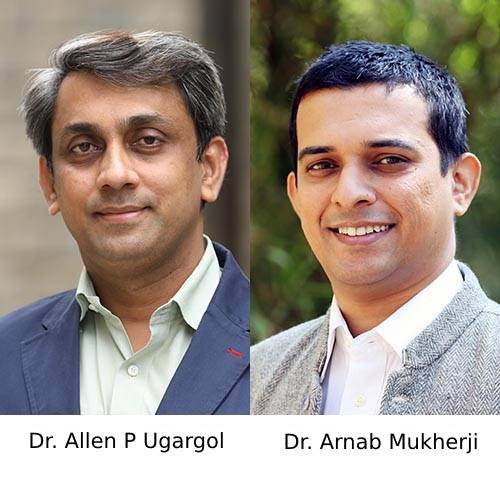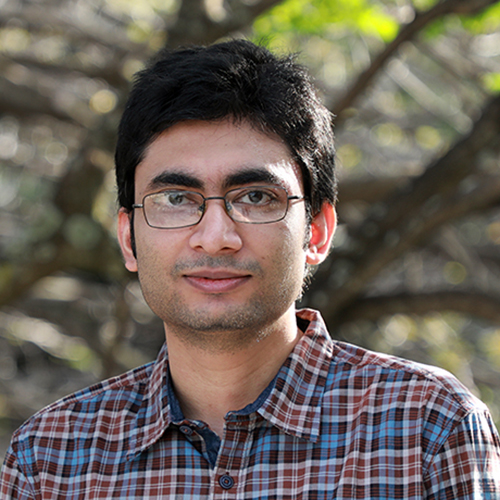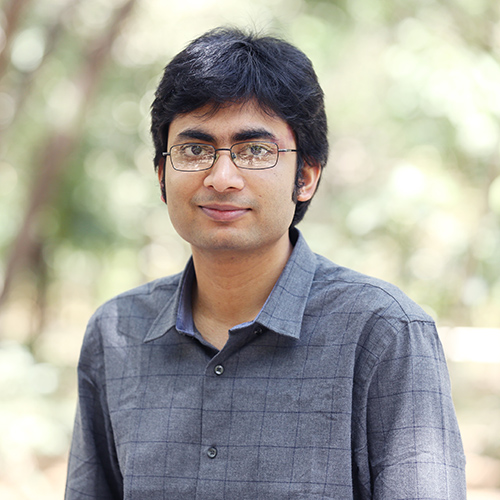
In search of a fix to the primary health care chasm in India: Can institutionalizing a public health cadre and inducting family physicians be the answer?
Allen P Ugargol, Arnab Mukherji, Ritika TiwariJournal: The Lancet Regional Health – Southeast Asia (accepted for publication)
Abstract: Public healthcare in India tends to be both underprioritized and underfunded. Understaffed public facilities plague the efficient delivery of healthcare services. The COVID-19 pandemic has highlighted weaknesses in every country’s health system, but India’s preparedness and dependence on emergency solutions highlights the lack of a system-wide resilience. The authors argue for instituting a well-thought and inclusive public health cadre to lead preventive and promotive public health programs to manage public health delivery. A broad, multidisciplinary public health cadre can take care of routine public health activity and also fulfil emergency needs such as during outbreaks and epidemics, and fill an important gap in ensuring the appropriate delivery of preventive, promotive and primary care services. Community-oriented public health graduates with relevant field training and strong social science, behavioral science and rural-oriented management training stand better in contrast to the more widely accepted approach to public health through standalone bio-medical training.
A second and complementary need to increase community confidence in primary healthcare is to reciprocate their requirements through providing physicians who are trained in family medicine within the fold of primary healthcare for rural populations at the PHC level. While augmenting primary healthcare infrastructure is important, provisioning medical officers and general practitioners trained in family medicine can salvage the community’s confidence in primary care. Providing medical practitioners who are trained in family medicine holds the key to an increase in primary healthcare utilization, stymie over-specialization of care, channelize and prioritize referrals, and guarantee competence and confidence in healthcare quality for rural communities. This will ensure the demand generated by frontline public health workers such as the ASHA (Accredited Social Health Activist) and care provision by Mid-level Health Providers (MLHPs) or Community Health Officers (CHOs) is adequately supported through the PHC physician.
One way to rapidly incorporate family medicine into primary care is by training existing medical practitioners on family medicine through short-term training programs (STTP). These programs need to be designed keeping in mind the competencies needed in the rural communities that enable them to work within multi-professional primary healthcare teams. In this context, the authors suggest that it is prudent to develop tools that detail primary healthcare and to situate community-orientated thinking into primary care within an integrated approach to delivering healthcare. This stands in stark contrast to the fragmented nature of healthcare services offered cumulatively by different vertical programs. A focus on the socio-cultural aspects of health within a social determinants approach to health is required for improving primary health access and utilization. India can therefore benefit from embracing the idea of having trained generalists at the forefront of their primary healthcare systems to achieve primary healthcare goals for the communities, while ensuring multidisciplinary health workforce teams work together and vitally constitute the public health management cadre.
Read More




